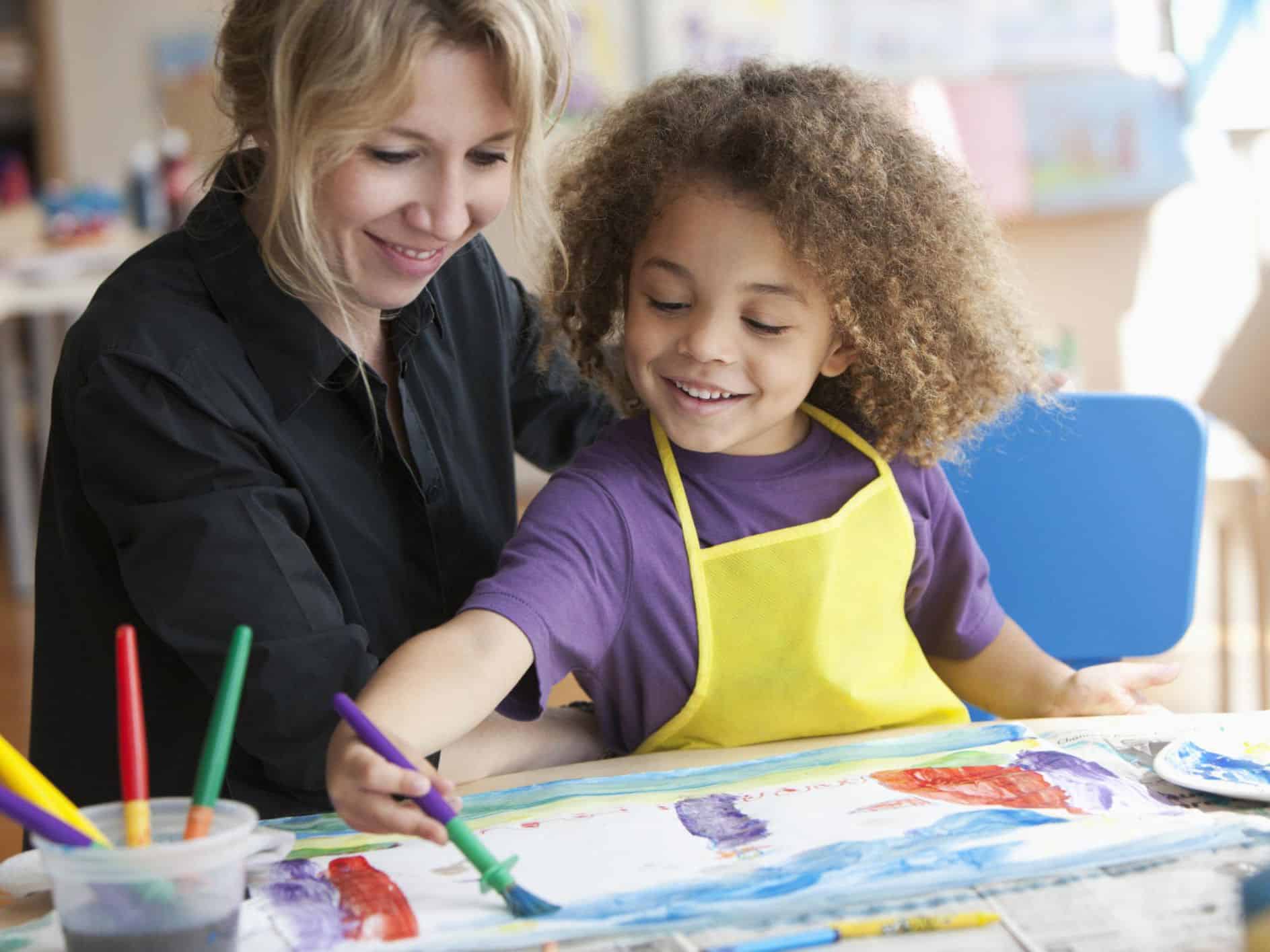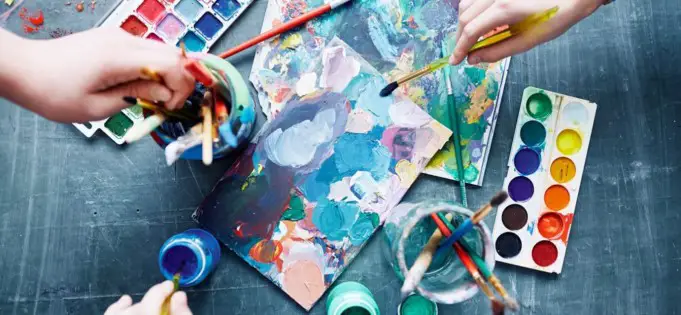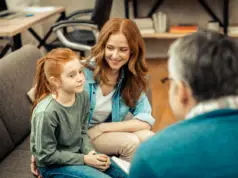One amazing thing about alternative medicine is that it has many ways of healing which are all taken from nature. One wonderful branch of alternative medicine is Art Therapy.
Pictures have powerful effects on the body so also arts and other creative expressions. They have strong effects on human communication and understanding.
Art therapy targets this positive impact and harnesses this power in healing the body. Remember the old saying, “A picture is worth a thousand words”; it also applies in healing the body.
What is Art Therapy?
This is a treatment method that joins mental health and human services by making use of active art-making, creative process, applied psychological theory, and even human experience.
People are trained in this field and they become licensed professionals. They are trained in both art conduct and therapy for people of all ages and all conditions.
Art therapy can be done in many ways: one-on-one sessions, it can be group therapy, couples or family counseling. The main goal of this therapy is to improve the well-being of people.
It brings back the people’s functioning and improves their overall health. Art therapy is practiced in medical settings, rehabilitation centers, and educational facilities.
It is also practiced in mental health clinics and private practices.
Art therapy gives sick people or people facing cognitive, emotional, or even physical challenges new pathways of self-expression and understanding.
You don’t have to be an artist or even good at art before you can benefit from this wonderful therapy. This method of treatment is not an art class or something to keep you occupied.
It is only using the power of arts to heal you. It also uses different modes of communication to help you open up and engage with the therapy in new ways.
This, in turn, will promote healing of all kinds.
How Does It Work?
You don’t have to be an artist to take part in this therapy. This is just taking you on a purpose of self-discovery that will give you space and freedom to express your feelings.
It gives you the feeling that you have more control in your life. It is the creative process you will enjoy and not just the activity that goes on in the art therapy session.
Some of the activities that take place in an art therapy session are:
- Making collages
- Scribbling and doodling
- Sculpting
- Carving
- Working with clay
- Finger painting
- Drawing
- Painting
- Using textiles
- Making cards
- Making pottery
All these take place under the guidance of a therapist and what is needed most is your unfiltered response. Understanding what you are creating can promote mental and physical well-being.
You and your therapist will discuss the artwork to help you unpack the understanding. You both will explore what objects, images, and people appear and the ones that do not appear.
Other Creative Therapies Involved in Art Therapy

Visual arts are not the only therapy in art therapy. Other forms of creative therapy included are:
Music therapy
This is highly beneficial for people with mental health issues, injuries, Alzheimer’s disease, and other conditions.
It is even helpful for pregnant women during labor. Music therapy involves the following:
- Music in performance
- Song and lyric writing
- Music-listening sessions
Dance
Dance therapy makes use of nonverbal communication to conclude and treat medical conditions.
Drama
Drama therapy is an experiential and active process that works by helping you express your feelings. It also builds interpersonal skills through intentional improvisation and storytelling.
Poetry
Poetry therapy helps induce healing through expressive writing. This includes therapeutic storytelling and journaling.
Expressive therapy
This is additional creative art forms that feature as part of a therapeutic process.
A study showed that adding dance, movement activities, music, and drama to therapy sessions of people with dementia led to a noticeable improvement in pleasure, engagement, and communication.
History/Origin of Art Therapy
Art has been an integral part of human nature and experience right from the beginning but the development of this therapy is quite new.
It was first described and coined “art therapy” by a British artist, Adrian Hill in 1940. He discovered the benefit of painting and drawing while recovering from tuberculosis.
Still, in the 1940s, experts and thinkers came in from backgrounds in psychotherapy, visual arts, and education to form this therapy. They began to describe and put write down their work with people in treatment as art therapy.
5 influential writers made significant contributions to the development of this therapy and helped it become a recognized field. They were:
- Margaret Naumburg (Primary founder of the American art therapy movement)
- Hanna Kwaitkowska
- Florence Cane
- Edith Kramer
- Elinor Ulman
The practitioners believed that when people talked through this creative process with their therapists, they come to know and understand what their artwork is revealing to them about their personality and themselves.
Margaret Naumburg, nicknamed “the mother of art therapy” believed that the creative process helps bring to light unconscious thoughts and feelings that people have repressed.
These effects and understanding, in turn, produces psychological healing.
Health Conditions That Can Benefit From Art Therapy
- Depression
- Autism
- Dementia
- Cancer
- Traumatic brain injuries
- Trauma
- It reduces anxiety and stress for people living with pain
- Eating disorders
- Substance use disorder
- Severe stress
- Psychological distress
- Children with learning disabilities
- Mental health problems
- Age-related issues
- PTSD
- Emotional difficulties
- Psychosocial issues
- Family or relationship problems
- Psychological symptoms associated with other medical conditions
- Attention deficit hyperactivity
- Compassion fatigue
- Geriatric issues
- Heart disease
- Cognitive impairment
Art therapy also help enhance certain skills in people, some of them are:
- Improve your understanding of yourself
- Strengthen your ability to self-regulate
- Manage stress effectively
- Enhances social skills
- Improve your ability to resolve conflict
The benefits of art therapy for children are:
- Relieve childhood trauma
- Chronic asthma
- Criminal conviction as a juvenile
- Improve special educational needs
- Disabilities
Conclusion
Art therapy is a therapeutic way of promoting healing using art and other creative forms of therapy. It taps into and reveals your deepest thoughts and feelings.
Even people who think they are not good at arts can benefit from this therapy. It is beneficial for a wide variety of medical conditions.
You can try art therapy as an adjunctive treatment.












